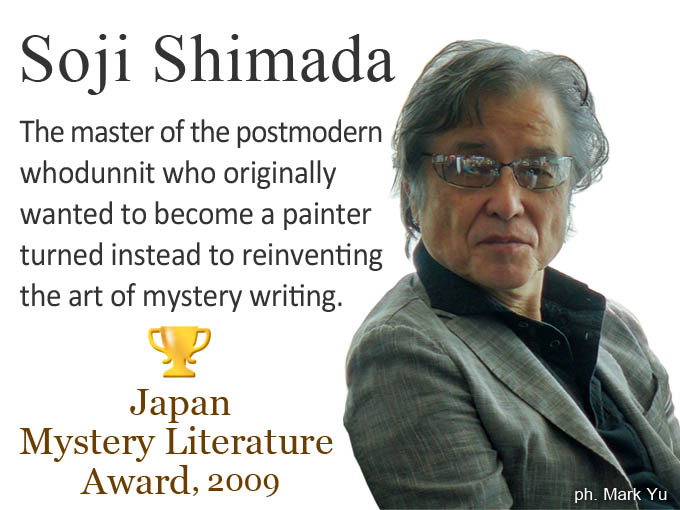- Prizes
Japanese literature and novels littered with cats[UPDATED: 9-18-2020]
There is a long tradition of cats within Japanese literature, folk stories and art. Many ‘cat books’ feature amongst the ranks of Japan’s bestselling titles.
Natsume Soseki (1867-1916) wrote a highly regarded satirical account of the Meiji Era in Japan titled: I am a Cat, for example, in 1905. Junichiro Tanazaki (1886-1965) who is held in similar regard wrote the novella A Cat, A Man and Two Women in 1936 when he was in the process of adapting The Tale of Genji into modern Japanese.
Another example is the highly successful series initially published in 1978 Calico Cat Holmes Series by the mystery writer Jiro Akagawa, which now consists of more than 30 novels and 14 collections of short stories.
The first winner of the Agatha Christie Award, The Black Cat Takes a Stroll by Akimaro Mori, yet another example, very successfully uses the feline form to describe its professor protagonist.
The publication of books about cats or with cats as a narrative motif is a continuing trend. Analysis shows that the number of books with the word cat in their title has been steadily increasing in Japan since the 1990s and the rate of publication continues to rise.
Natsume Soseki (1867-1916) wrote a highly regarded satirical account of the Meiji Era in Japan titled: I am a Cat, for example, in 1905. Junichiro Tanazaki (1886-1965) who is held in similar regard wrote the novella A Cat, A Man and Two Women in 1936 when he was in the process of adapting The Tale of Genji into modern Japanese.
Another example is the highly successful series initially published in 1978 Calico Cat Holmes Series by the mystery writer Jiro Akagawa, which now consists of more than 30 novels and 14 collections of short stories.
The first winner of the Agatha Christie Award, The Black Cat Takes a Stroll by Akimaro Mori, yet another example, very successfully uses the feline form to describe its professor protagonist.
The publication of books about cats or with cats as a narrative motif is a continuing trend. Analysis shows that the number of books with the word cat in their title has been steadily increasing in Japan since the 1990s and the rate of publication continues to rise.

